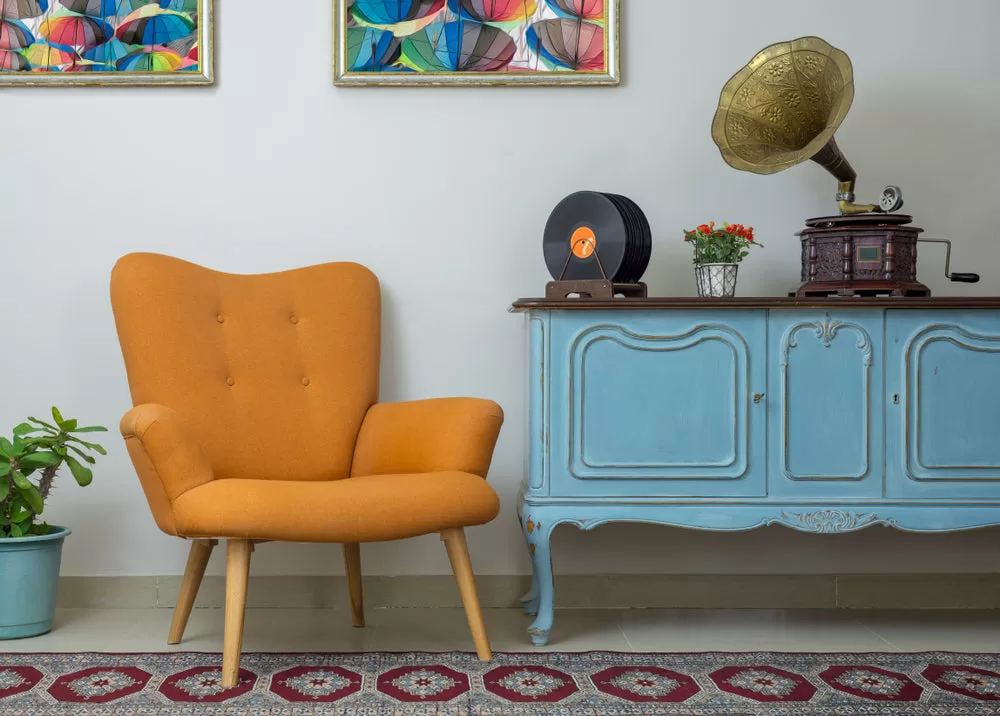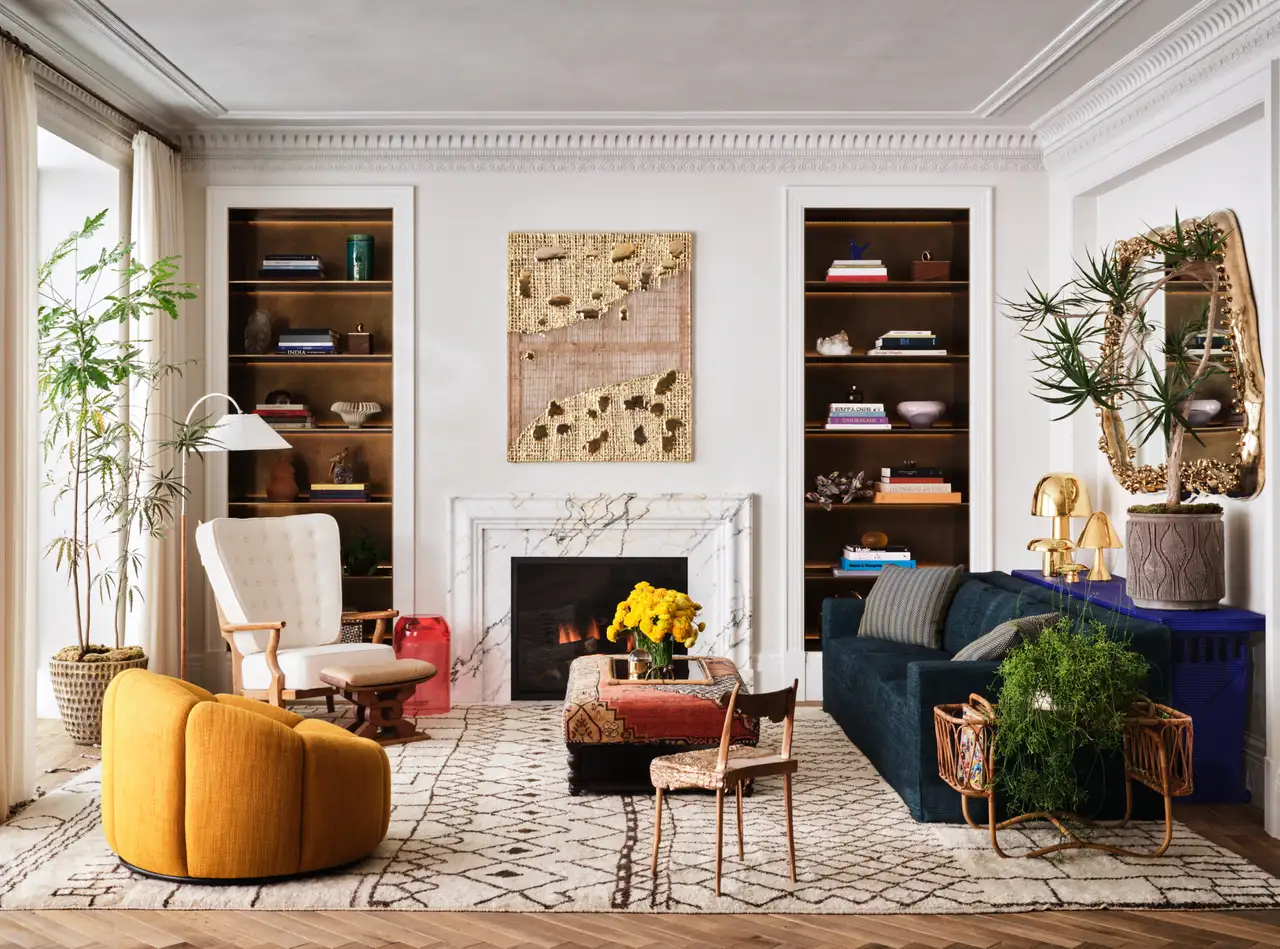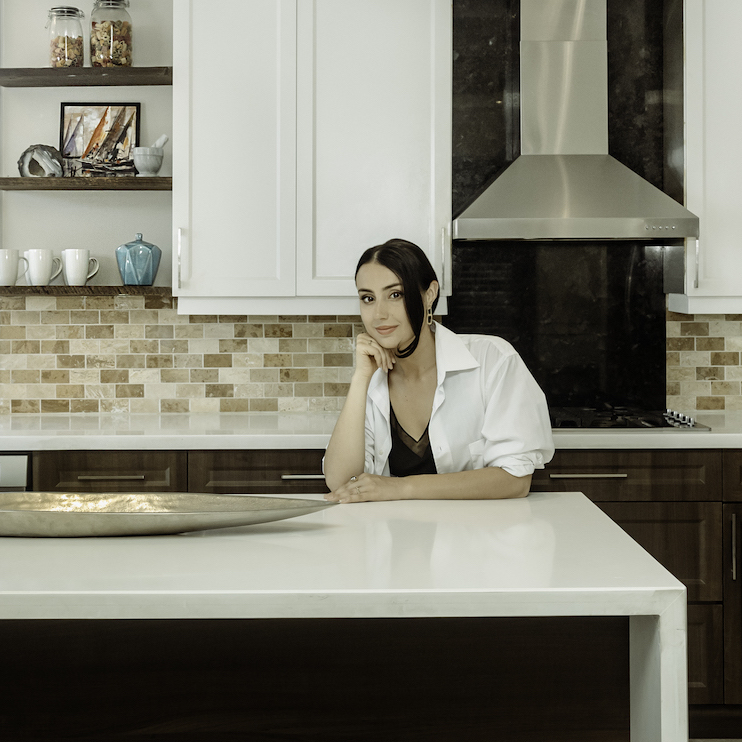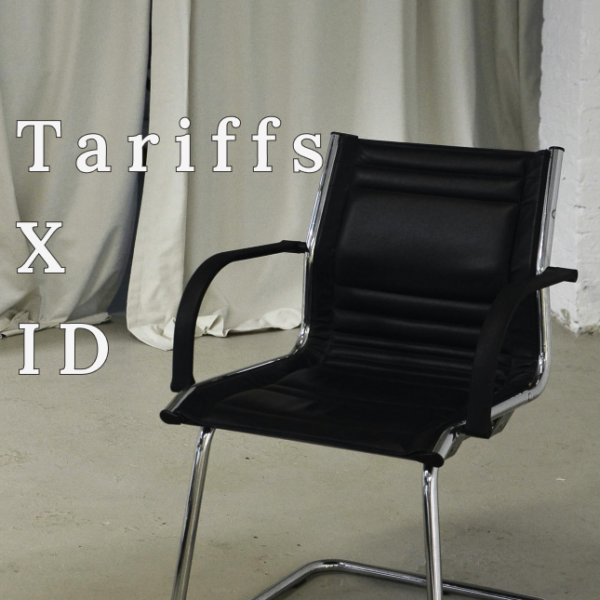In recent years, interior design has witnessed a seismic shift toward the sleek, clean lines and minimalistic aesthetics of modern design. This approach, characterized by its emphasis on simplicity, functionality, and a reductionist approach to decor, has garnered widespread attention and acclaim. However, as this trend continues to gain momentum, a growing sentiment challenges the notion that less is always more.
Let’s explore the reasons how and why design has shifted to more modern styles.
The allure of modern design
:max_bytes(150000):strip_icc()/shutterstock_173479247-58b336ca5f9b586046c501d0.jpg)
The allure of modern design lies in its uncluttered spaces, neutral colour palettes, and a seamless integration of technology and minimalistic furnishings. This approach is often associated with notions of a futuristic lifestyle.
Many people love modern design because of the simplistic approach to decorating and furnishing – the less frills the better. The pursuit of simplicity in design often results in clean, unembellished spaces. Therefore, it’s quite easy to furnish and decorate in a modern style.
However, being that modern design is so simple, it means that often times modern interiors can feel a bit lacklustre or even repetitive. Modern design seekers may need to pay more attention to the richness of detail and the human touch that traditional craftsmanship and intricate design elements bring to a space to ensure the space doesn’t feel sterile.
A shift from craftsmanship to mass production
In the fervour to embrace super modern aesthetics, there’s a potential diminishment of traditional craftsmanship. The emphasis on efficiency and mass production can sometimes sideline the artistry and attention to detail that define true craftsmanship.

Personally, I love shopping for second-hand furniture. I guess you could call me a sentimental person, for the reason being that I love a good story behind everything. There is just something so cool knowing that the piece was created by someone’s two hands and that the piece has been preserved for generations. It’s charming and intriguing, and often these retro pieces make amazing statement pieces in a space. I am not saying that modern furniture can’t make a statement (because it certainly can), but vintage pieces truly bring an unmatched impression.
Read The Dirty Truth About High-End Furniture Stores.
My issue with overly modern design
The illusion of perfection
Super modern design projects an aura of perfection, that simply is not realistic or that desirable in my opinion. Let’s face it, our home RARELY looks perfect. Most often, your home looks lived in. Meaning, of course you can declutter and hid all your junk before guests arrive, but you certainly cannot and do not live that way. So the way I see it, the perfection being chased in modern design is really just an illusion. I personally rather furnish and decorate with the intention of the space looking great when it’s lived in, not just when you had the cleaner over.
Finding harmony in design
As a designer, my style continues to evolve as time goes on. And I, like the public am influenced by interior design trends. Earlier in my career, I was much more drawn to super modern design. It was only when I met with a client who was super into antiques did my love affair with retro and less modern interiors begin. I started to embrace details, uniqueness and the imperfect details of every individual furniture piece. I started to feel as if overly modern design just lacked the spice that more ornate design styles allowed for. Ultimately, I have cultivated a personal style that includes both modern elements and not-so-modern elements. I love mixing super retro pieces with modern architectural features. I find designing with this approach gives the space an up-to-date feel without lacking character.

Style your home for you, not the masses
I always encourage my clients to get in touch with their personal decor style. Dressing an interior is a lot like dressing yourself. We dress ourselves based on what we find comfortable, fashionable and flattering. As a designer, I take this same approach when dressing clients’ homes. So I encourage everyone to explore interior design the same way they explore fashion (maybe you don’t even explore fashion). The point is, don’t be overly influenced by the ever-changing trends and/or chasing perfection in your interior.
In essence, the quest for modern design should not dismiss the importance of detail and craftsmanship. Instead, it should strive to find a harmonious balance, blending the convenience of modern aesthetics with the richness of detail and the human touch that traditional craftsmanship provides.
The key lies in embracing a diverse spectrum of design philosophies. While super modern design undoubtedly offers simplicity and functionality, integrating elements of detailed craftsmanship can elevate spaces, infusing them with soulfulness and a distinct personality.
While super modern interior design has its merits, it’s essential to question whether the pursuit of minimalism should come at the expense of detail and craftsmanship. The dialogue between modernity and tradition in design can create spaces that resonate on a deeper, more personal level, enriching our homes with stories, history, and a profound sense of connection.
What to learn more and connect with me one-on-one? Book one of my eDesign Services.



